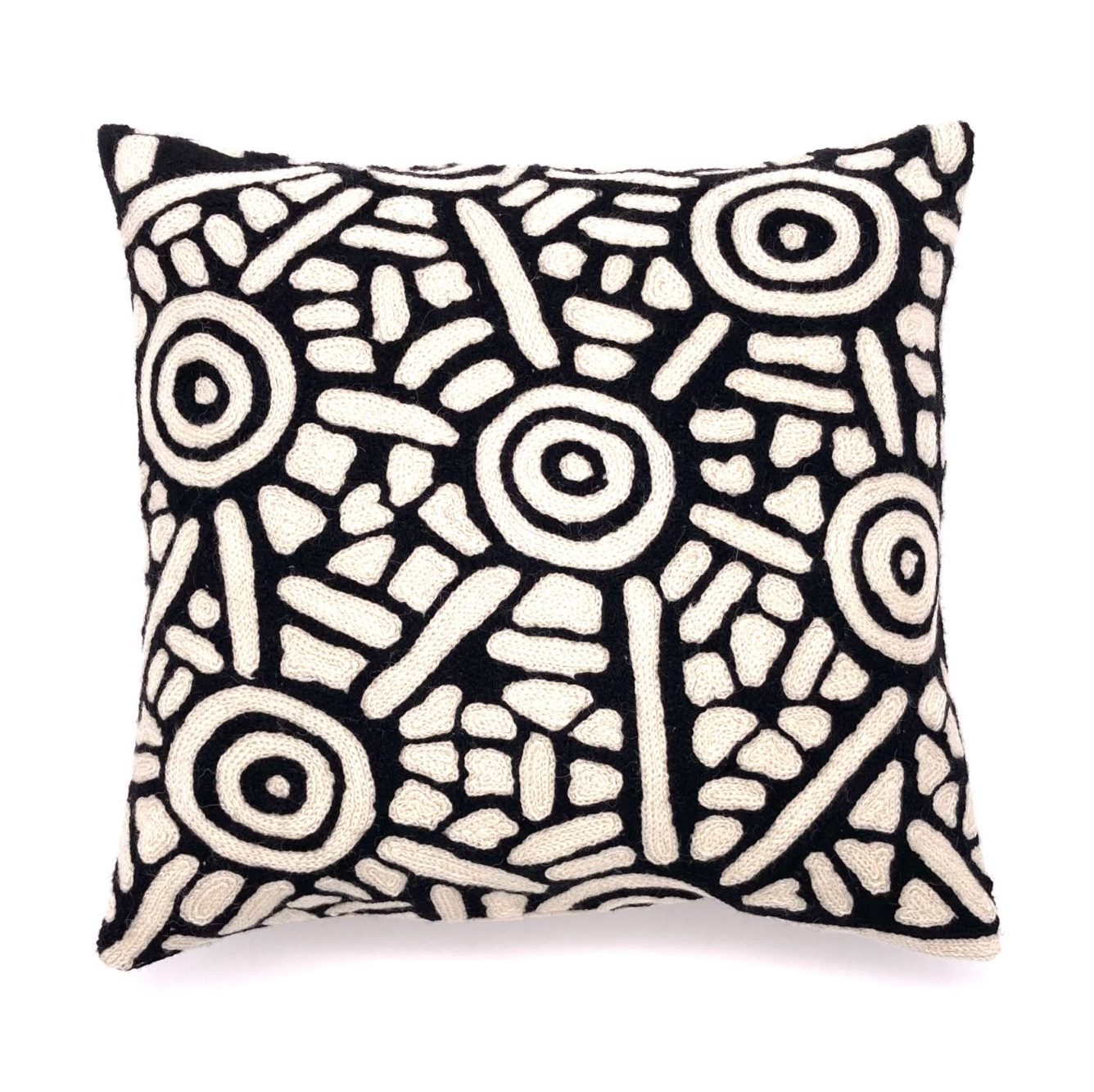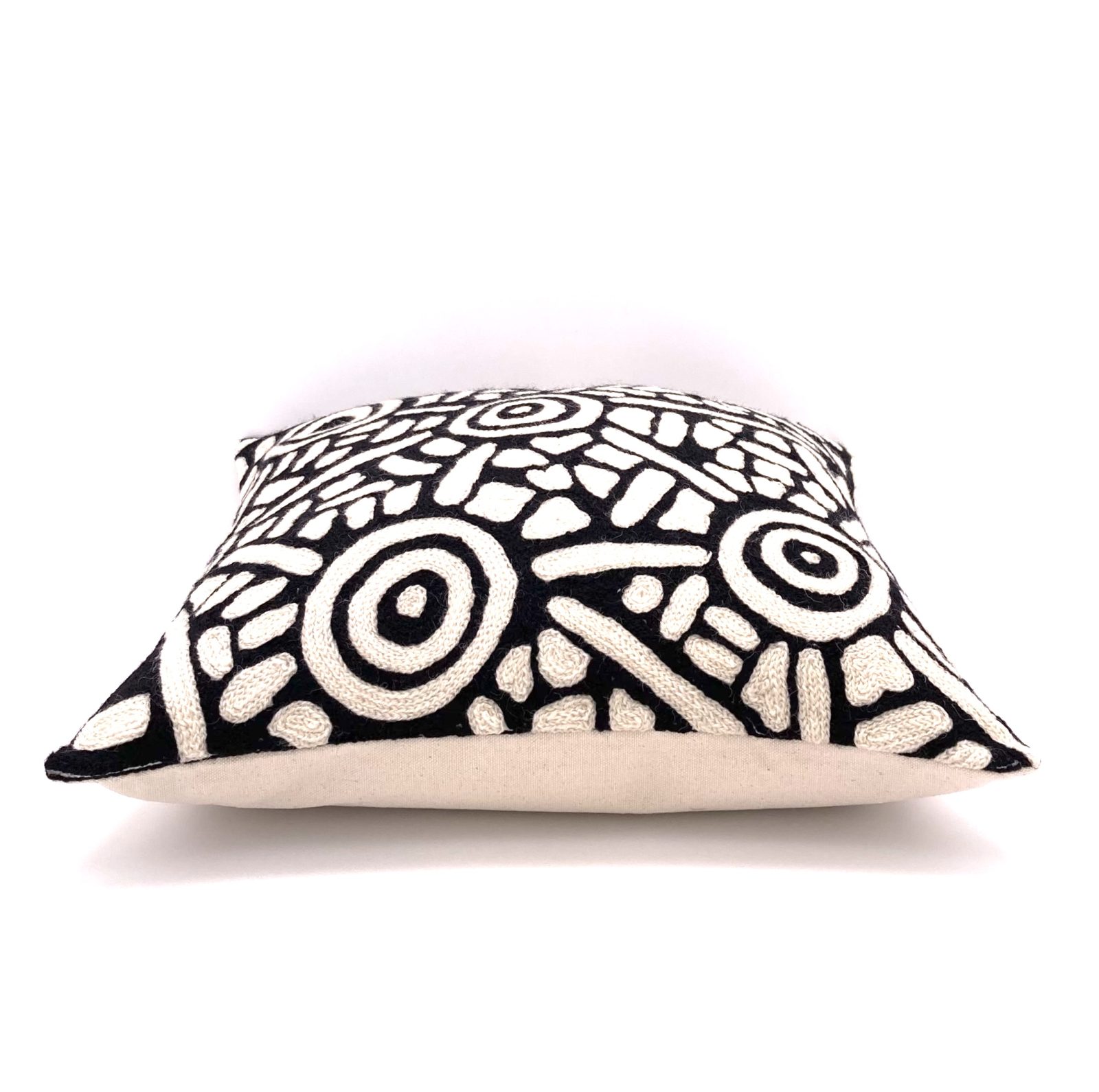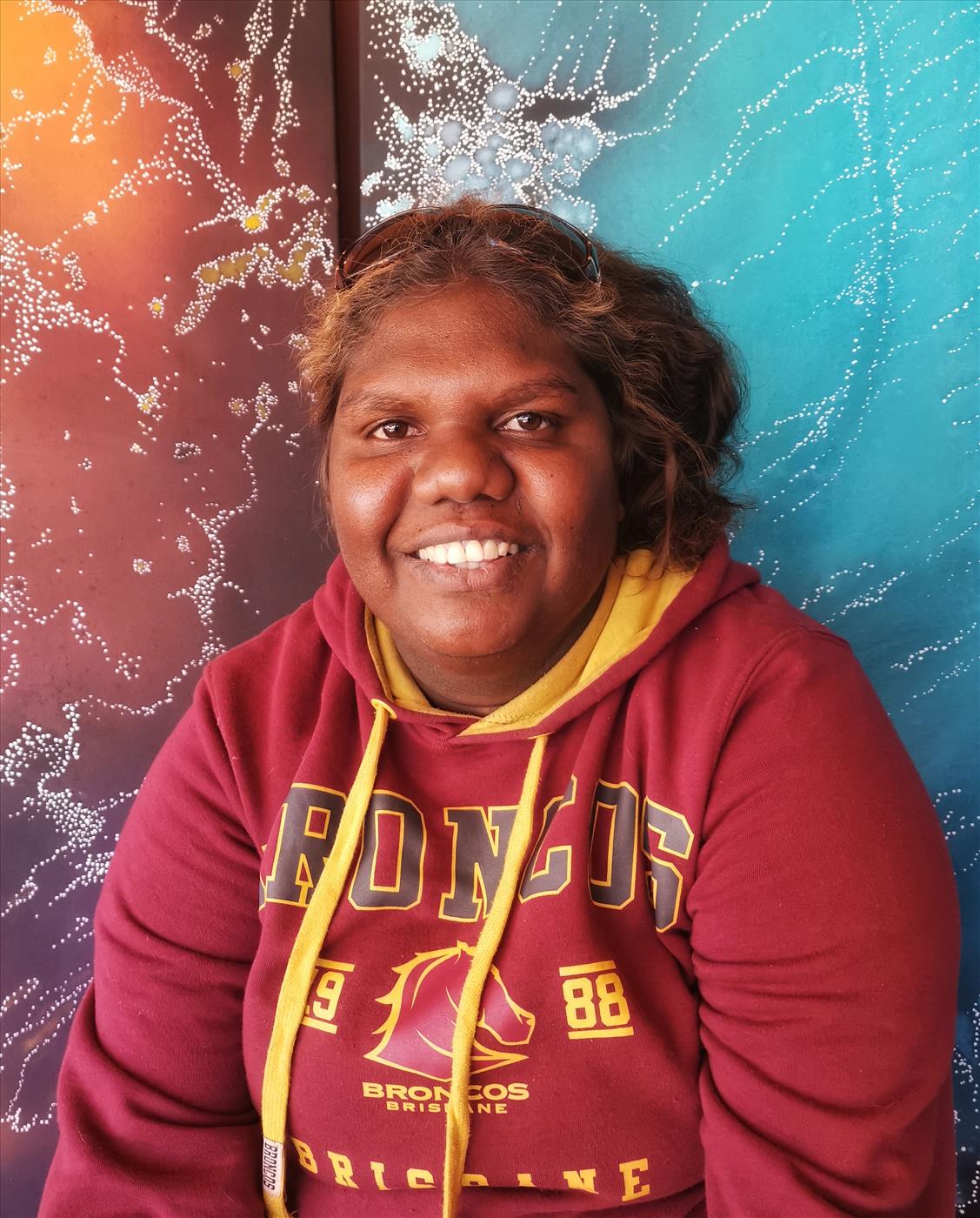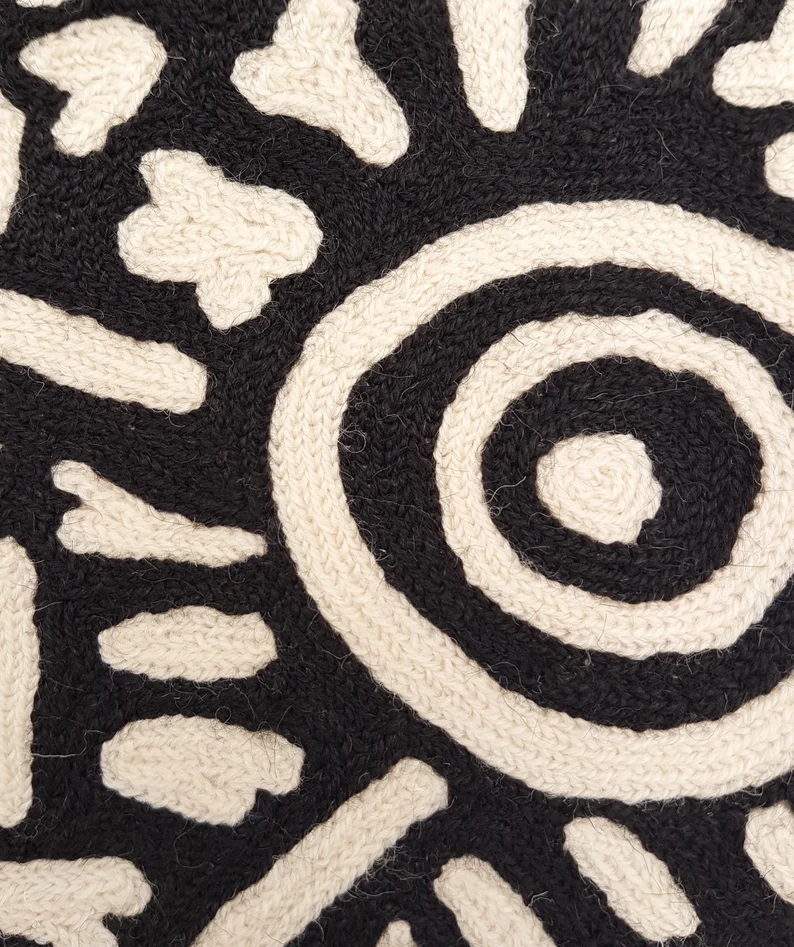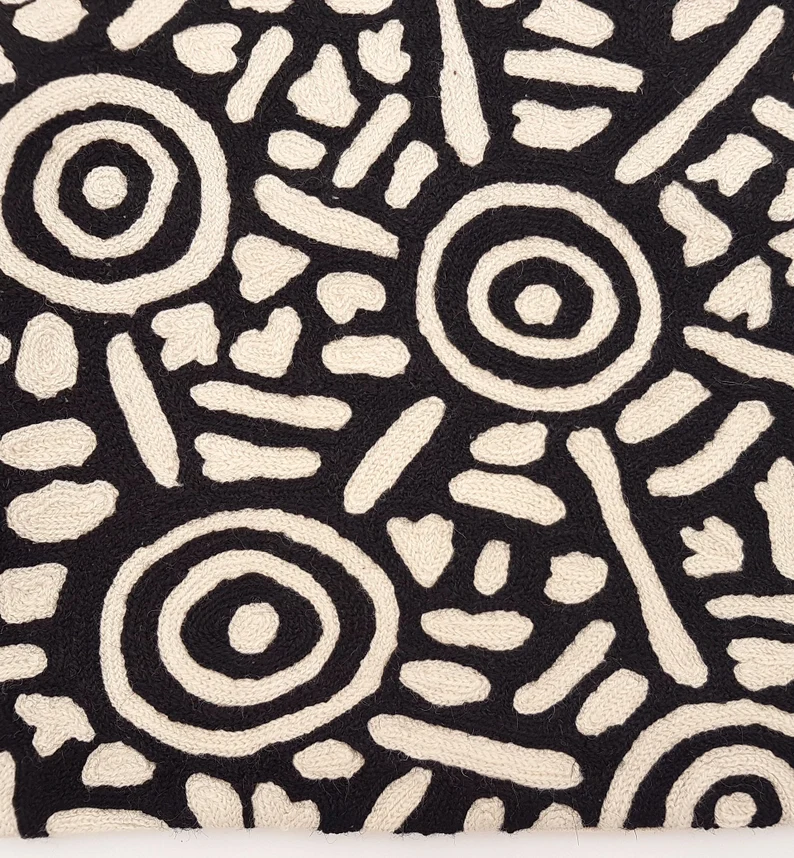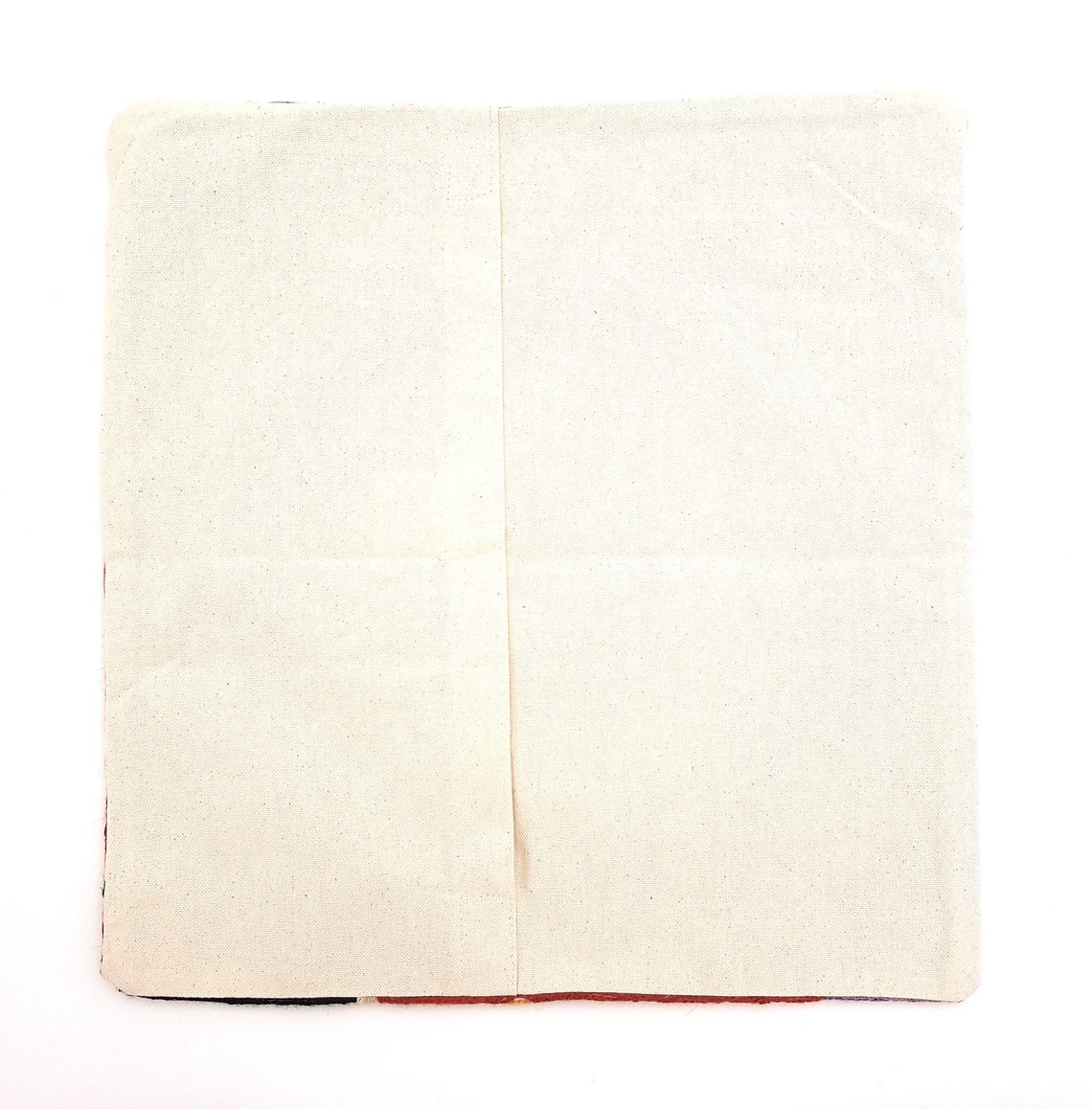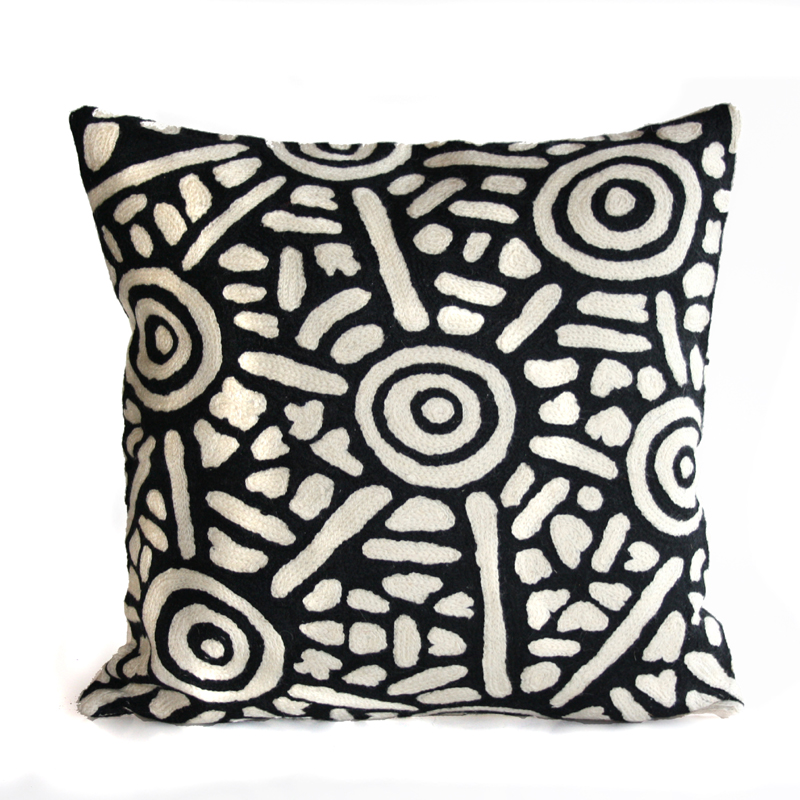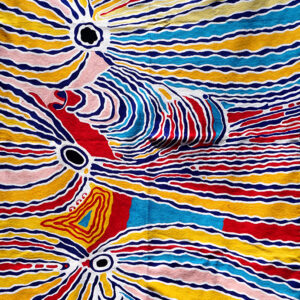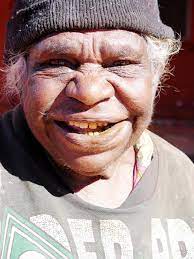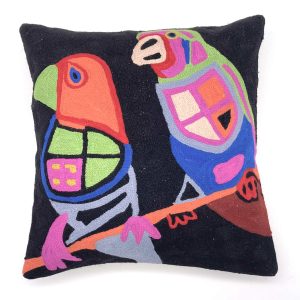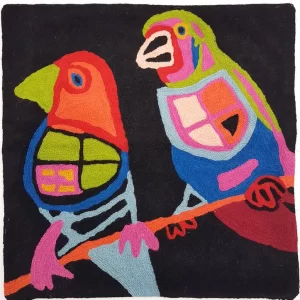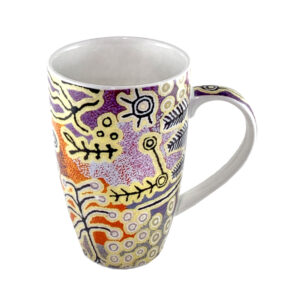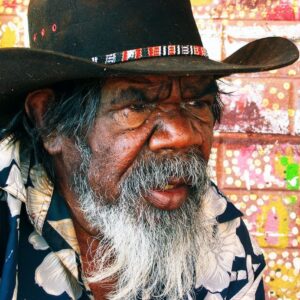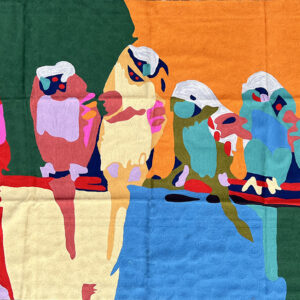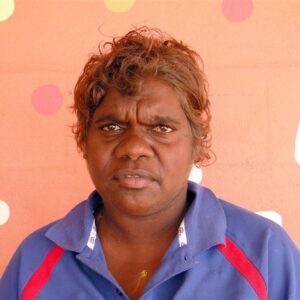Description
Size: 40 cm x 40 cm (16 x 16 inches)
Fabric: wool (front) and cotton (back)
Artist: Athena Nangala Granites
About the design: Ngapa Jukurrpa (Water Creation Story)The site depicted in this painting is Puyurru, west of Yuendumu. At Warlura, a gecko called Yumariyumari blew the storm on to Lapurrukurra and Wilpiri. Bolts of lightning shot out at Wirnpa (also called Mardinymardinypa) and at Kanaralji. At this point the Dreaming track also includes the kurdukurdu mangkurdu Jukurrpa (children of the clouds Dreaming). The water Dreaming built hills at Ngamangama using baby clouds and also stuck long pointy clouds into the ground at Jukajuka, where they can still be seen today as rock formations. The termite Dreaming eventually continued west to Nyirrpi, a community approximately 160 km west of Yuendumu. The water Dreaming then travelled from the south over Mikanji, a watercourse with soakages northwest of Yuendumu. At Mikanji, the storm was picked up by a kirrkarlanji (brown falcon [Falco berigora]) and taken farther north. At Puyurru, the falcon dug up a giant warnayarra (rainbow serpent). The serpent carried water with it to create another large lake, Jillyiumpa, close to an outstation in this country. The kirda (owners) of this story are Jangala men and Nangala women. After stopping at Puyurru, the water Dreaming travelled on through other locations including Yalyarilalku, Mikilyparnta, Katalpi, Lungkardajarra, Jirawarnpa, Kamira, Yurrunjuku, and Jikaya before moving on into Gurindji country to the north. In contemporary Warlpiri paintings, traditional iconography is used to represent the Jukurrpa (Dreaming), associated sites, and other elements. In many paintings of this Dreaming, short dashes are often used to represent mangkurdu (cumulus & stratocumulus clouds), and longer, flowing lines represent ngawarra (flood waters). Small circles are used to depict mulju (soakages) and river beds.
About the BWA chainstitch (gabba) kilim products
These beautiful, unique textiles are a cross-cultural collaboration combining Aboriginal designs and traditional Kashmiri rug-making techniques. Chain stitched, using hand dyed wool, each is a completely handmade piece. A more empowering way to work, this brings many direct benefits to the artists’ and their community. Control and ownership of intellectual property are also maintained. Purchase of these products guarantees a direct return to the Aboriginal artist and their community.
CARE INSTRUCTIONS: These cushion covers feel great and are fabulously hardwearing – we can vouch for that.
Do not put place/use in direct sunlight or colors may fade. To clean – dry cleaning recommended. It is possible with careful hand-wash in warm water using a wool detergent. Creases can be ironed out on a wool (low) steam setting.

